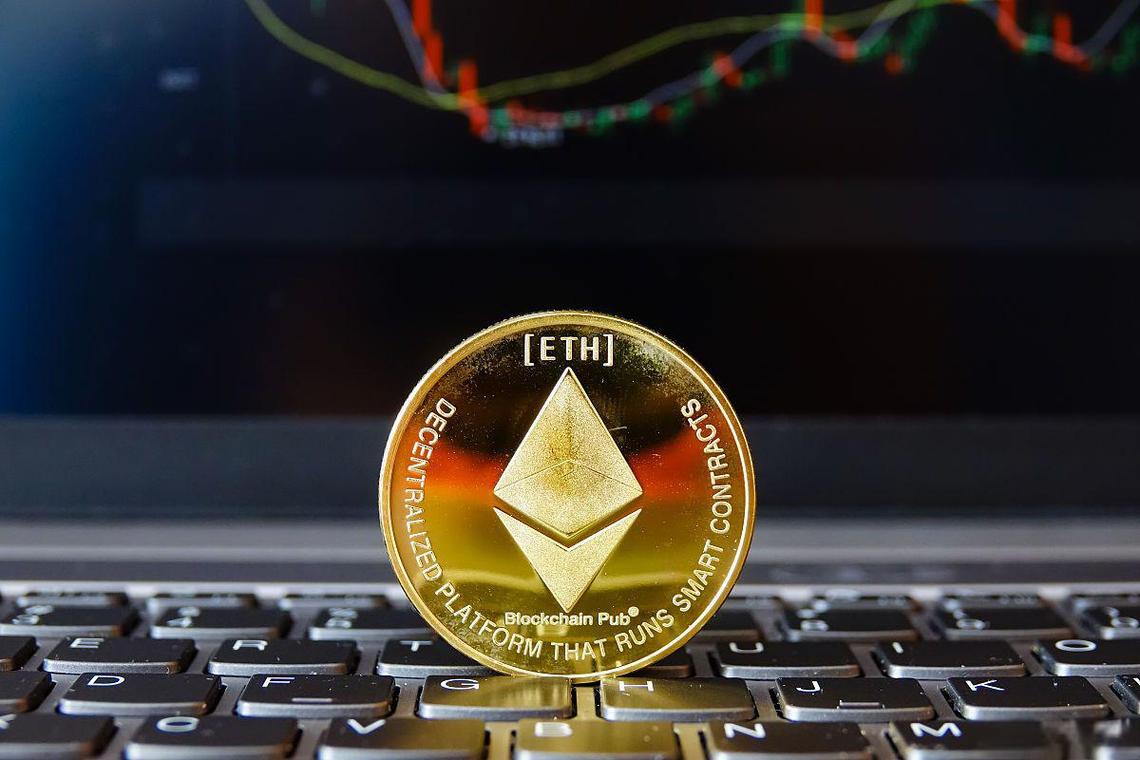
Crypto Currencies Broker: BTC and ETH – A Comprehensive Guide
Are you considering venturing into the world of cryptocurrencies? If so, you’ve come to the right place. In this article, we’ll delve into the world of crypto currencies broker, focusing on two of the most popular digital assets: Bitcoin (BTC) and Ethereum (ETH). We’ll explore their history, market dynamics, trading strategies, and more. Let’s dive in.
Understanding Bitcoin (BTC)
Bitcoin, often referred to as the “gold of the digital world,” was introduced in 2009 by an anonymous person or group of people using the pseudonym Satoshi Nakamoto. It was the first decentralized cryptocurrency, meaning it operates independently of any central authority, such as a government or financial institution.

Bitcoin’s supply is capped at 21 million coins, making it a deflationary asset. This scarcity has contributed to its rising value over the years. As of now, Bitcoin is the largest and most well-known cryptocurrency in the market.
Here’s a brief overview of Bitcoin’s key features:
| Feature | Description |
|---|---|
| Decentralization | Operates independently of any central authority |
| Scarcity | Supply capped at 21 million coins |
| Security | Utilizes blockchain technology for secure transactions |
| Transparency | Transactions are recorded on a public ledger |
Understanding Ethereum (ETH)
Ethereum, launched in 2015 by Vitalik Buterin, is a blockchain platform that enables the creation of decentralized applications (DApps) and smart contracts. Unlike Bitcoin, which is primarily a digital currency, Ethereum is a platform that supports various applications built on top of its blockchain.
Ethereum’s native cryptocurrency, Ether (ETH), is used to pay for transaction fees and as a medium of exchange within the Ethereum network. The platform’s smart contract functionality has made it a favorite among developers and investors alike.

Here are some key features of Ethereum:
| Feature | Description |
|---|---|
| Smart Contracts | Automated, self-executing contracts with the terms directly written into code |
| Decentralized Applications (DApps) | Applications built on the Ethereum platform that operate independently of any central authority |
| Gas Fees | Transaction fees paid in ETH to cover the computational cost of executing smart contracts |
Trading Strategies for BTC and ETH
When trading cryptocurrencies like Bitcoin and Ethereum, it’s essential to have a solid strategy in place. Here are some common trading strategies to consider:
Day Trading
Day trading involves buying and selling cryptocurrencies within the same day. This strategy requires a keen eye on market trends and the ability to make quick decisions. Traders often use technical analysis, such as chart patterns and indicators, to identify potential trading opportunities.
Swing Trading
Swing trading is a medium-term trading strategy that involves holding cryptocurrencies for a few days to a few weeks. Traders look for price movements that can be exploited for profit, using both technical and fundamental analysis.
Long-Term Holding
Long-term holding, also known as “hodling,” involves buying cryptocurrencies and holding them for an extended period, often years. This strategy requires patience and a strong belief in the long-term potential of the asset.
Choosing a Crypto Currencies Broker
Selecting the right crypto currencies broker is crucial for a successful trading experience. Here are some factors to consider when choosing a broker:
- Regulation: Ensure the broker is regulated by a reputable financial authority.
- Security: Look for brokers with strong security measures, such as two-factor authentication and cold storage for digital assets.
- Fee




